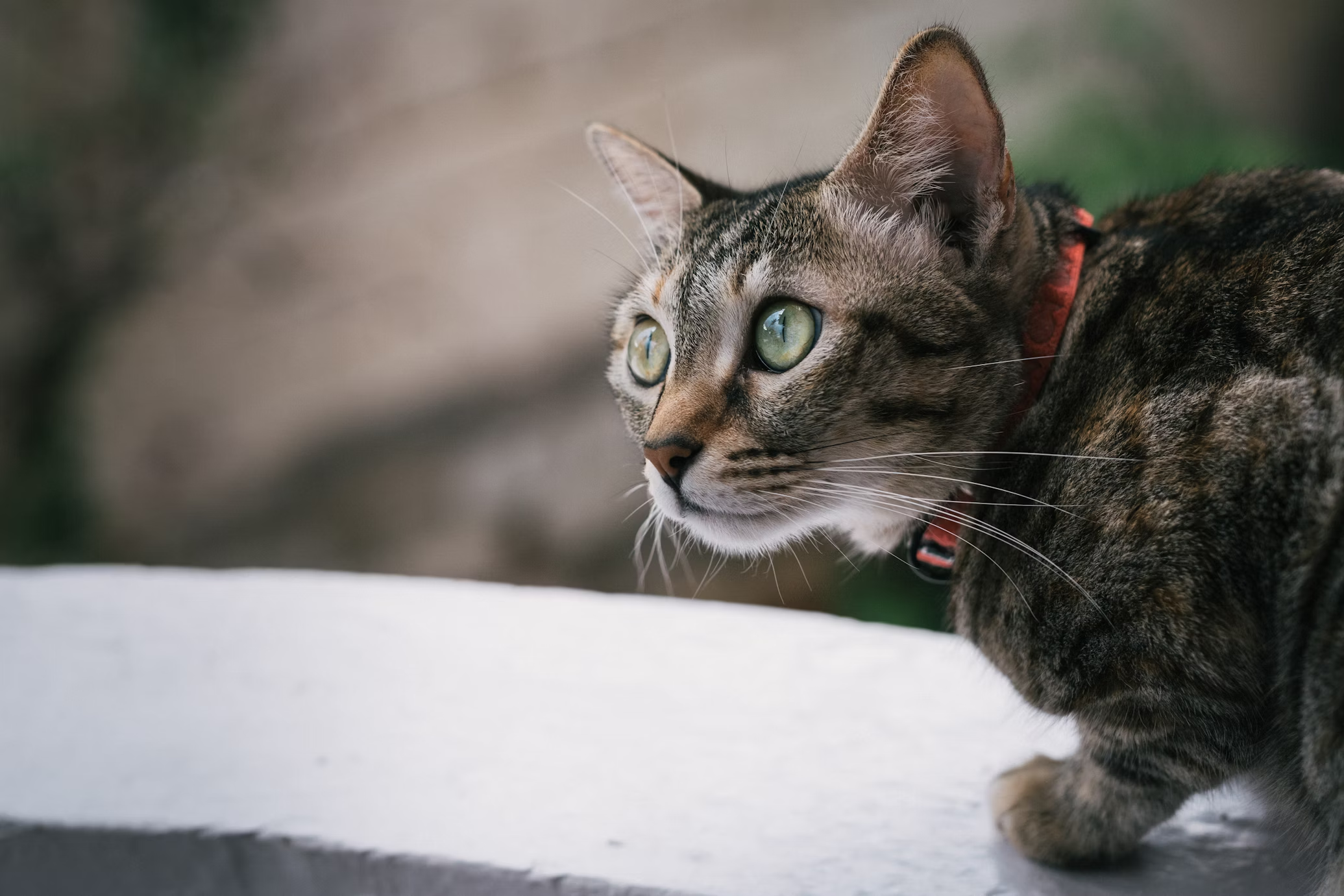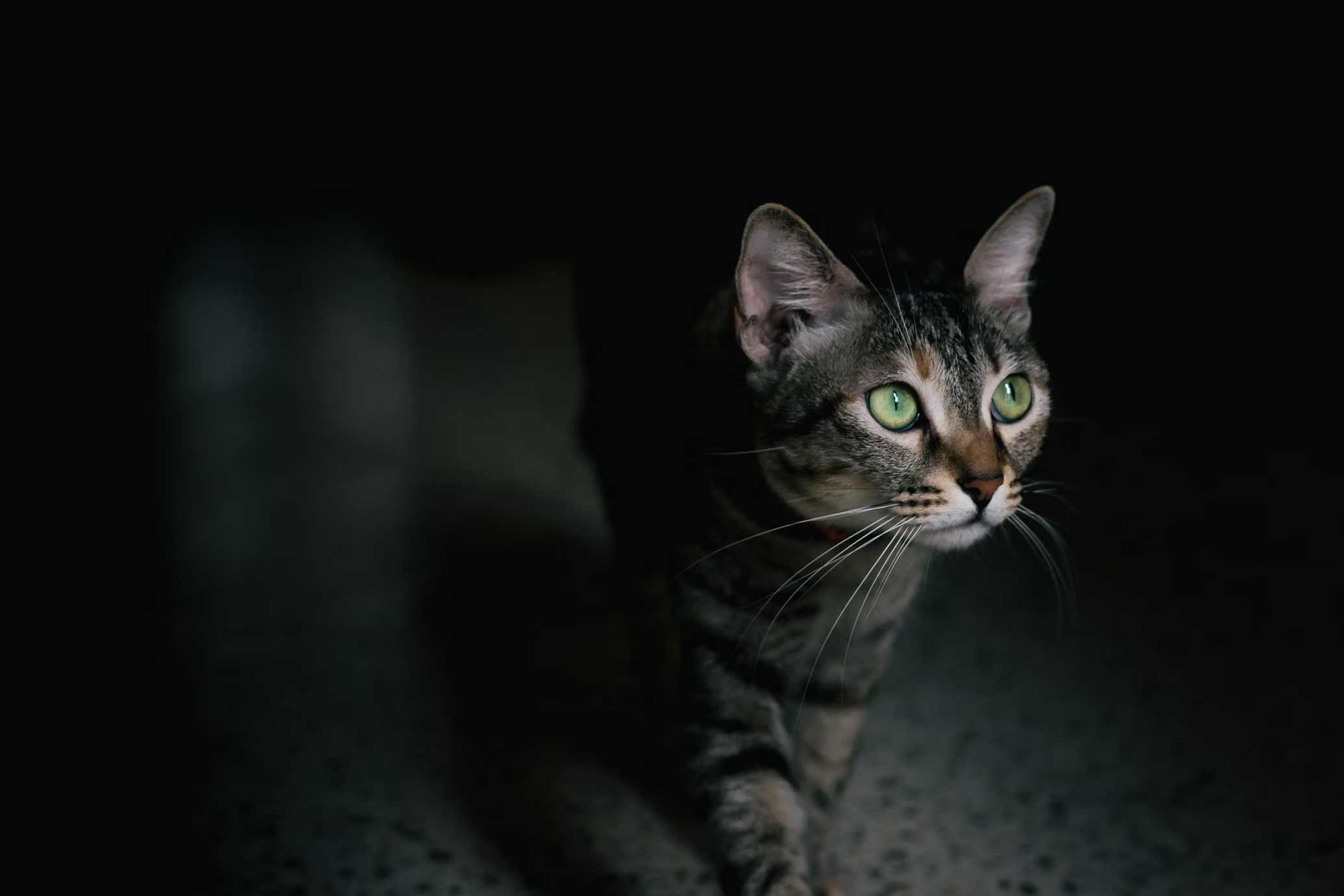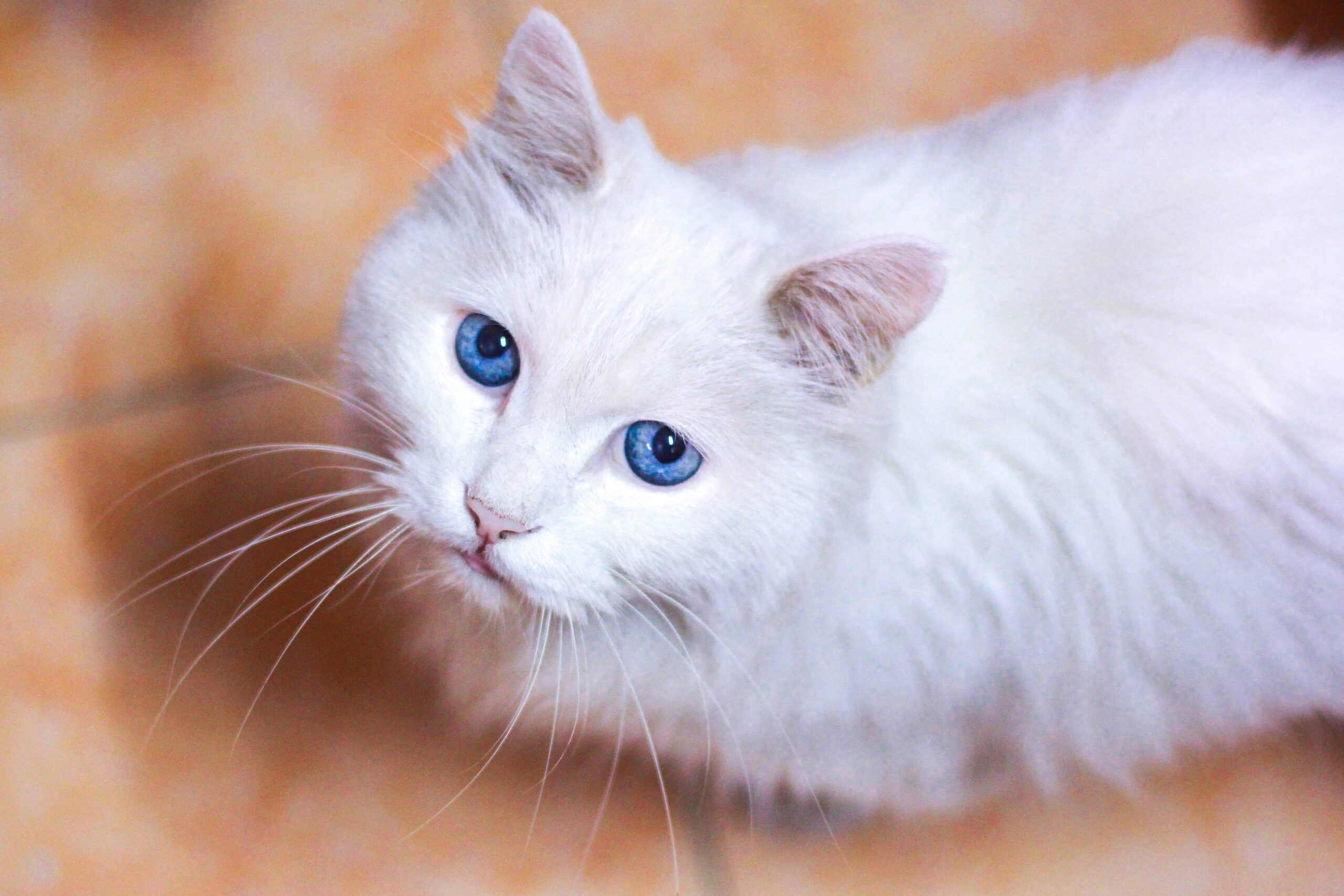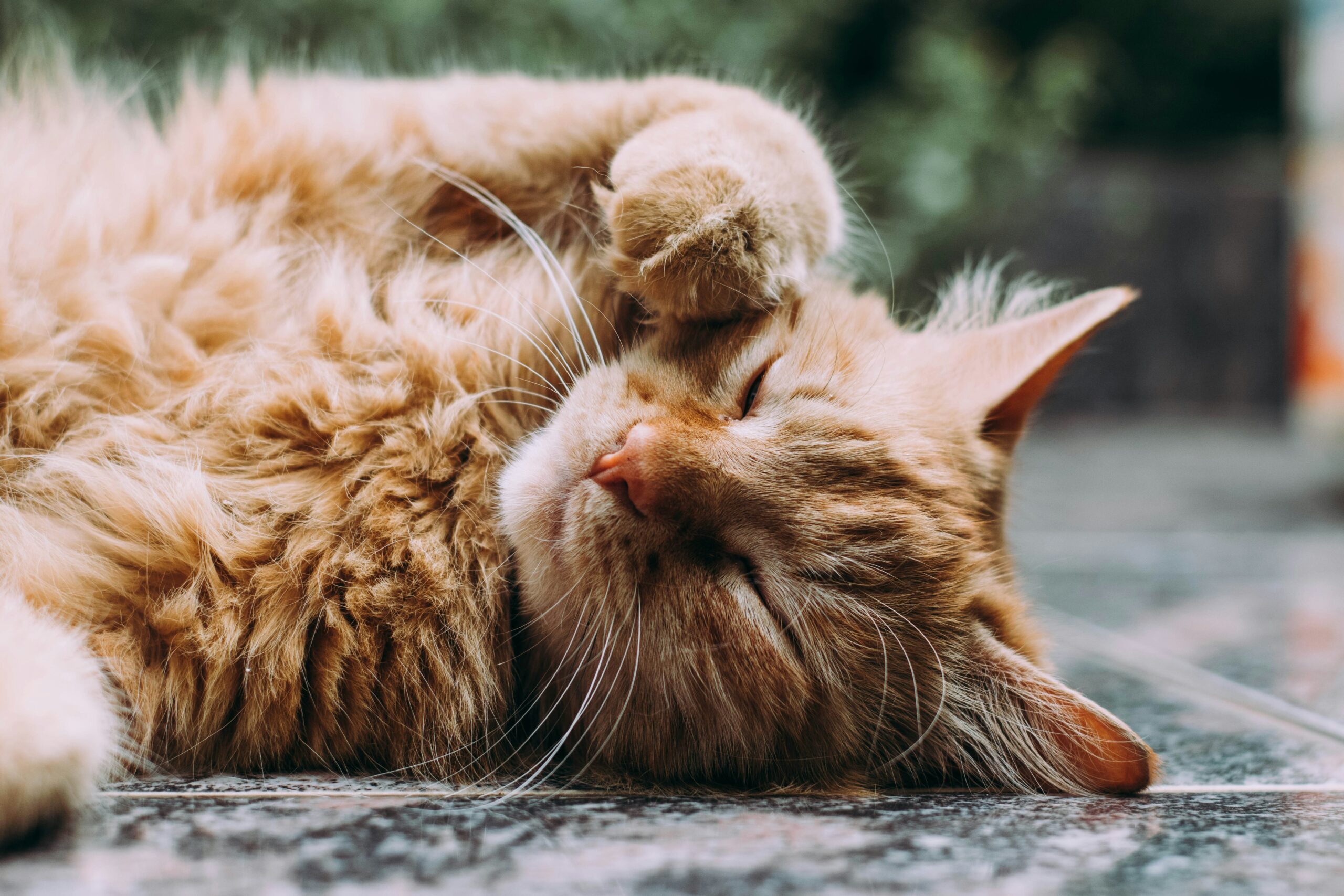How to Clean Your Cat’s Ears if They’re Getting Gunky

Maintaining your cat’s ear hygiene is crucial for their overall health and comfort. If you’ve noticed that your feline friend’s ears are looking gunky or dirty, it’s important to address the issue promptly to prevent potential infections or discomfort. Cleaning your cat’s ears may seem daunting, but with the right approach, you can make it a stress-free experience for both you and your cat. In this guide, we’ll walk you through everything you need to know about cleaning your cat’s ears safely and effectively.
Why Do Cat Ears Get Gunky?
Before diving into the cleaning process, it’s essential to understand why your cat’s ears might become gunky:
- Ear Infections: Bacterial or fungal infections can lead to a buildup of wax and debris.
- Ear Mites: These tiny parasites cause itching and discomfort, leading to a gunky appearance.
- Allergies: Allergic reactions can cause excess wax production.
- Foreign Objects: Dirt, plant matter, or small objects can get trapped in the ear canal.
- Regular Wax Production: Some cats naturally produce more ear wax than others.
Identifying the cause of the gunk can help in choosing the appropriate cleaning method and treatment. If your cat is exhibiting signs of pain, discomfort, or excessive scratching, it’s wise to consult your veterinarian before proceeding with cleaning.
What You’ll Need
Before you start cleaning, gather the following supplies:
- Cat Ear Cleaner: Choose a vet-recommended or over-the-counter ear cleaner specifically formulated for cats. Avoid using household products like hydrogen peroxide or alcohol, which can be irritating.
- Cotton Balls or Pads: Use these to gently wipe the ear canal and outer ear.
- Towels: Protect your surfaces and keep your cat from slipping.
- Treats: Have some treats ready to reward your cat for being a good kitty during the process.
- Optional: A soft, damp washcloth for additional cleaning.
Step-by-Step Guide to Cleaning Your Cat’s Ears
1. Prepare the Environment
Create a calm and comfortable environment for both you and your cat. Choose a quiet room where your cat feels safe. You might want to enlist a helper to hold and comfort your cat, especially if they’re anxious about the process.
2. Inspect the Ears
Before applying any cleaner, carefully examine your cat’s ears. Look for signs of redness, swelling, or an unusual smell, which could indicate an infection. If you notice these symptoms, it’s best to consult your vet before proceeding with cleaning.
3. Apply the Ear Cleaner
Follow the instructions on the ear cleaner bottle. Gently hold your cat’s ear flap and apply the recommended amount of cleaner into the ear canal. Avoid letting the tip of the bottle touch the ear to prevent contamination.
4. Massage the Base of the Ear
After applying the cleaner, gently massage the base of your cat’s ear for about 20-30 seconds. This helps distribute the cleaner throughout the ear canal and loosen any debris. You might hear a squishing sound as the cleaner moves around – this is normal.
5. Wipe Out the Gunk
Using a cotton ball or pad, gently wipe the inside of the ear flap and the ear canal to remove any loosened gunk. Be gentle and avoid pushing the cotton too deep into the ear canal. You might need to use several cotton balls to get all the debris.
6. Dry the Ear
If your cat’s ear is wet after cleaning, gently wipe it with a dry cotton ball or pad. Ensure the ear is thoroughly dry, as excess moisture can lead to infections.
7. Reward Your Cat
After cleaning, give your cat lots of praise and a treat to reinforce positive behavior. This helps create a positive association with ear cleaning.
Additional Tips
- Frequency: Regularly check your cat’s ears, especially if they’re prone to ear issues. Cleaning should be done as needed, not necessarily on a set schedule.
- Monitor: After cleaning, keep an eye on your cat for any signs of discomfort or persistent gunk. If problems persist, consult your veterinarian.
- Use Proper Tools: Always use tools and products specifically designed for cats. Avoid using cotton swabs, as they can push debris further into the ear canal.
When to Seek Veterinary Help
While cleaning your cat’s ears is often straightforward, there are situations where veterinary intervention is necessary:
- Persistent Gunk: If your cat’s ears continue to be gunky despite regular cleaning, it could be a sign of an underlying issue.
- Signs of Infection: Redness, swelling, discharge, or a foul odor are indications of possible infection and require veterinary attention.
- Behavioral Changes: If your cat shows signs of severe discomfort, pain, or changes in behavior, consult your vet.
Preventing Future Ear Issues
To help prevent future ear problems, consider these tips:
- Regular Check-Ups: Schedule regular veterinary check-ups to monitor ear health.
- Keep Ears Dry: Avoid letting your cat’s ears get wet, especially if they swim or get bathed frequently.
- Maintain a Clean Environment: Regularly clean your cat’s living environment to reduce the risk of ear infections and mites.
Conclusion
Cleaning your cat’s ears may seem like a challenging task, but with the right approach, it can be a manageable and even bonding experience. Regular ear checks and cleanings help keep your feline friend comfortable and healthy. By following this step-by-step guide, you can ensure that your cat’s ears remain clean and free of gunk, contributing to their overall well-being.
Remember, if you’re ever unsure about the condition of your cat’s ears or the cleaning process, don’t hesitate to consult your veterinarian. They can provide additional guidance and ensure that your cat’s ears are in top shape.




